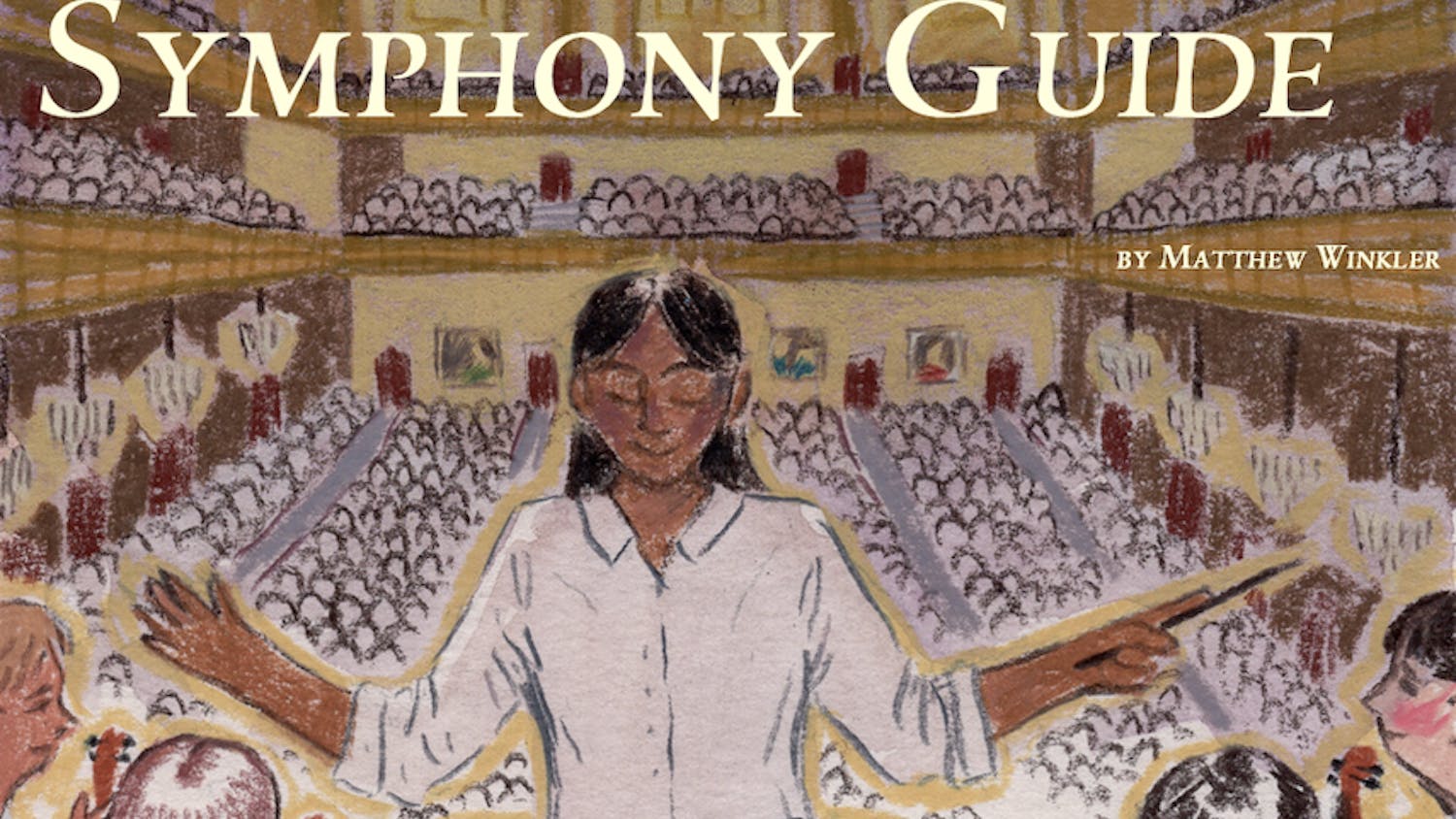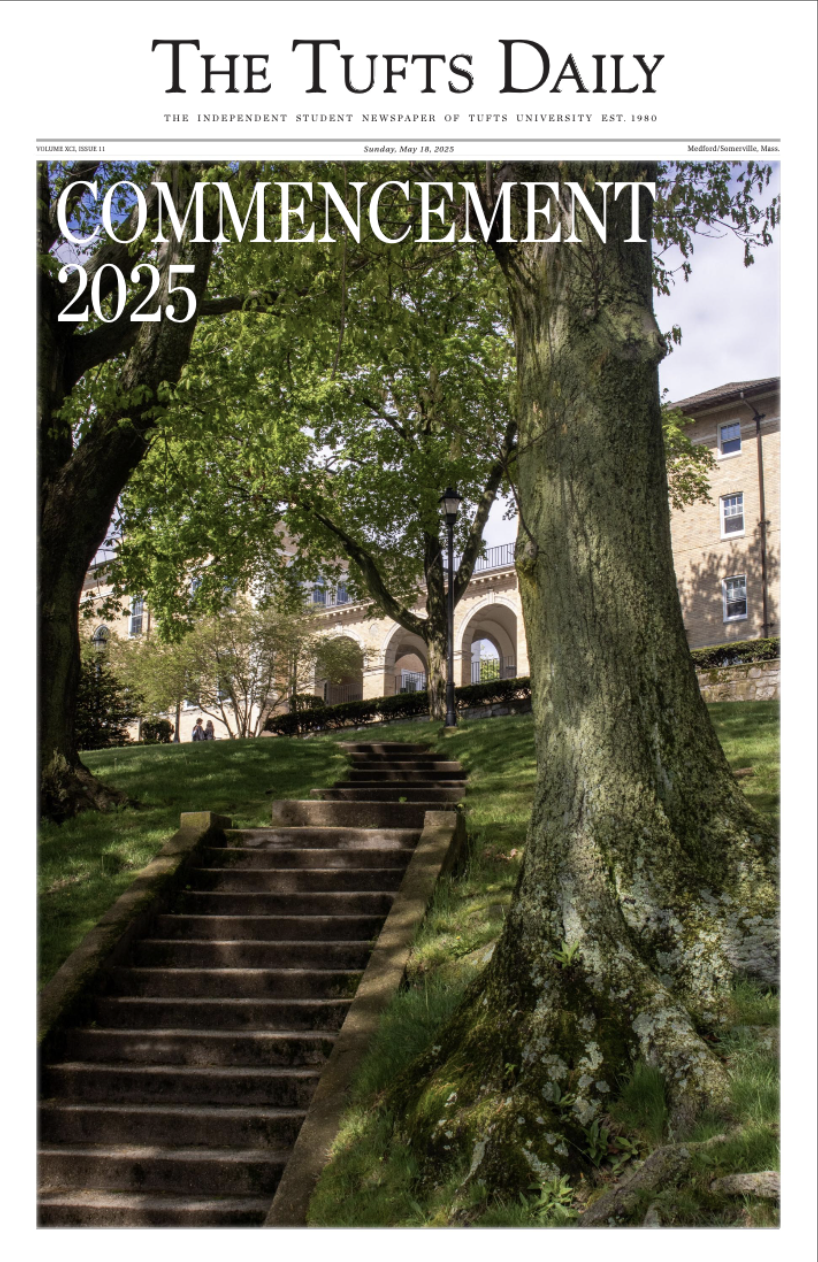My first day in Paris, I took a stroll along the Champs Elys?©es and was disconcerted to realize that everyone was looking at me.
Was my fly unzipped? No, though I'm often a little forgetful in that respect. Was there something on my face? I stopped in front of the first mirrored surface to check.
What I know now is that I was merely experiencing the non-stop tendency of the French to look -- full-on stares from men and women are the cultural norm here.
This phenomenon became painfully apparent when I enrolled in a cross-country class on the other side of the city, forcing me to commute wearing -- ?§a, alors! -- doughty sports clothing in a city of very fashion-conscious people.
And due to a cruel accident of geography, my bus stop is located on the other side of the Champs Elys?©es, forcing me to cross the street midday wearing sneakers and running pants that make a swish-swish noise when I walk.
The stares of the passersby are hardly bearable -- I hurry home, eyes glued to the ground, hating the French.
One of my fellow runners from Germany suggested that we wear signs around our necks saying "I just went running!" to explain our dearth of chic. Unfortunately, the French would probably not consider this a suitable excuse.
"It's true, the French like to look," said Julie, one of the French members of my running team, when I told her about my predicament. "In London, you could get on the metro in your nightgown and nobody would raise an eyebrow."
Such attire in the Paris metro would result in many raised eyebrows and probably some worried murmurs along the lines of, "Mais, c'est pas du tout correcte."
The French like to people-watch so much that on the outside terraces of caf?©s, literally all of the seats face the street -- conversation has to be made side-by-side instead of face-to-face.
These same terraces are warmed with heat lamps in the winter so that people-watching can continue unhampered by chilly temperatures. It's the French national pastime -- a sport that has no season.
The particularly Parisian desire to see and be seen is nothing new -- the famously ostentatious Louis XIV created large people-watching environments in the city before moving the most interesting people to Versailles.
He installed the first Grand Boulevard, a broad-sanded walk lined with four rows of trees that extended from the Bastille to the Madeleine.
Parisian streets had previously been muddy messes churned by carriage wheels or stinking cobblestone alleys run over with human and animal waste.
The Grands Boulevards were therefore quite an improvement. The inhabitants of Paris could finally stroll about without stepping in something vile, and ladies' dresses were much less likely to trail through the puddles common to the age before plumbing.
The boulevards' popularity soon created a new social scene, dominated by the 19th-century version of ladies-who-lunch and by young dandies known as boulevardiers -- still defined in the Random House Dictionary as a "man about town."
Contemporary Paris' version of the Grands Boulevards is surely the Champs Elys?©es, the wide stretch of concrete that is the site of my weekly post-cross country shaming.
The Champs begin at one furious roundabout at Place de la Concorde and end at another at the Arc de Triomphe. Both are dizzying forums of automotive daring governed by the principle that he who cares least about damaging his vehicle has the right of way.
But cars, buses, and scooters slow to a more measured pace on the Champs Elys?©es, where they obey the traditional signs of traffic regulation -- green light means go, red light means stop, flashing yellow light... well, I'm not quite sure, but that one seems to mean go as well.
But the most exigent traffic regulation has do with not smashing pedestrians -- one often sees motorists grow panicky wondering if the ambling crowd will ever break long enough for them to clear the crosswalk.
The throng is thickest on the weekends, of course, especially during the post-dinner-pre-clubbing hours when the sidewalks are literally choked with people.
Standing back for a moment to people-watch ? la Parisienne, one feels like an ornithologist identifying the different species by their call and plumage.
The kids yakking noisily by the metro -- girls in tall heels and tight pants, boys in super-fashionable jeans -- are clearly here from Spain, looking for a nightclub that will probably disappoint them by closing before sunrise.
The stately, well-dressed, older couples are French, on their way to see a late movie or just here for a stroll and an overpriced coffee.
But the avenue really belongs to young people, today's boulevardiers and boulevardi??res, who check each other out more boldly and flirt more unabashedly as the hour grows late.
Standing back, having a cigarette, and scrutinizing the Champs -- the French national pastime, accessible to all.
More from The Tufts Daily





